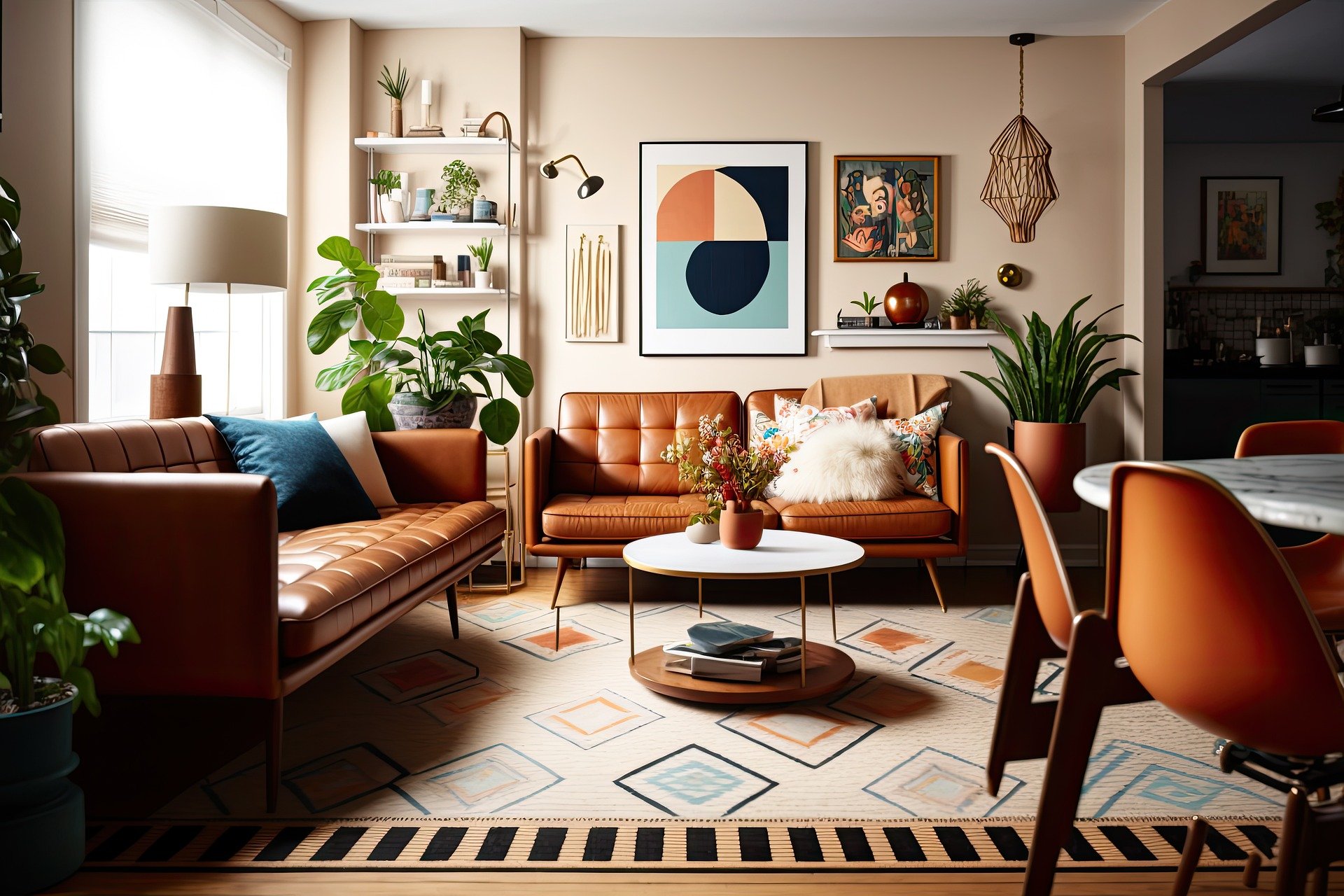"Transforming Spaces: The Fusion of Traditional and Modern in Home Design"
Introduction: In a world where old meets new, home design is no exception. The infusion of traditional elements with modern aesthetics is gaining popularity, creating a unique blend that's both timeless and trendsetting. This fascinating fusion breathes new life into conventional spaces, instilling them with a distinct character that's rooted in history yet brimming with contemporary charm.

A Historical Perspective
Traditional home design draws inspiration from various periods and regions, each with its own distinctive features. From stately Georgian and opulent Victorian to the rustic charm of Provencal and Tuscan styles, traditional design is rich in history and diversity. Conversely, modern design emerged in the 20th century, shunning ornate details for simplicity and functionality. The fusion of these contrasting styles presents an intriguing dichotomy: the warmth and familiarity of the old coupled with the sleekness and innovation of the new.
Modern Traditions: The New Design Wave
Today’s design landscape is witnessing a resurgence of traditional elements, albeit with a modern twist. Designers are reinterpreting classic motifs, patterns, and materials, infusing them into contemporary settings for a refreshing aesthetic. This approach not only pays homage to the past but also aligns with current design preferences that favor uniqueness and personal expression.
Practicality and Market Trends
The fusion of traditional and modern styles is not just about aesthetics—it’s also a practical solution that caters to a wide range of tastes. This style flexibility appeals to homeowners who appreciate the charm of traditional design but crave the convenience of modern functionality. Plus, the market trend towards individuality and self-expression makes this design approach increasingly popular.
Daily Living Enhanced
The hybrid design approach enhances daily living by creating spaces that are both comfortable and stylish. Old-world elements bring warmth and character, while modern components contribute convenience and efficiency. The result is a living space that feels both familiar and fresh, satisfying the human yearning for novelty without sacrificing the comfort of tradition.
Research-backed Recommendations
When implementing a fusion design, it’s crucial to strike a balance. Too many traditional elements can make a space feel dated, while an excess of modern features may seem cold and impersonal. Research suggests that a successful blend involves retaining key traditional structures (like a fireplace or moldings), updating fixtures and appliances with modern versions, and incorporating a mix of old and new furnishings and decor.
The fusion of traditional and modern design offers an exciting opportunity to create spaces that are beautifully balanced, comfortably livable, and distinctively personal. The trend is a testament to the enduring appeal of the past and the irresistible allure of the future, offering the best of both worlds in home design.




